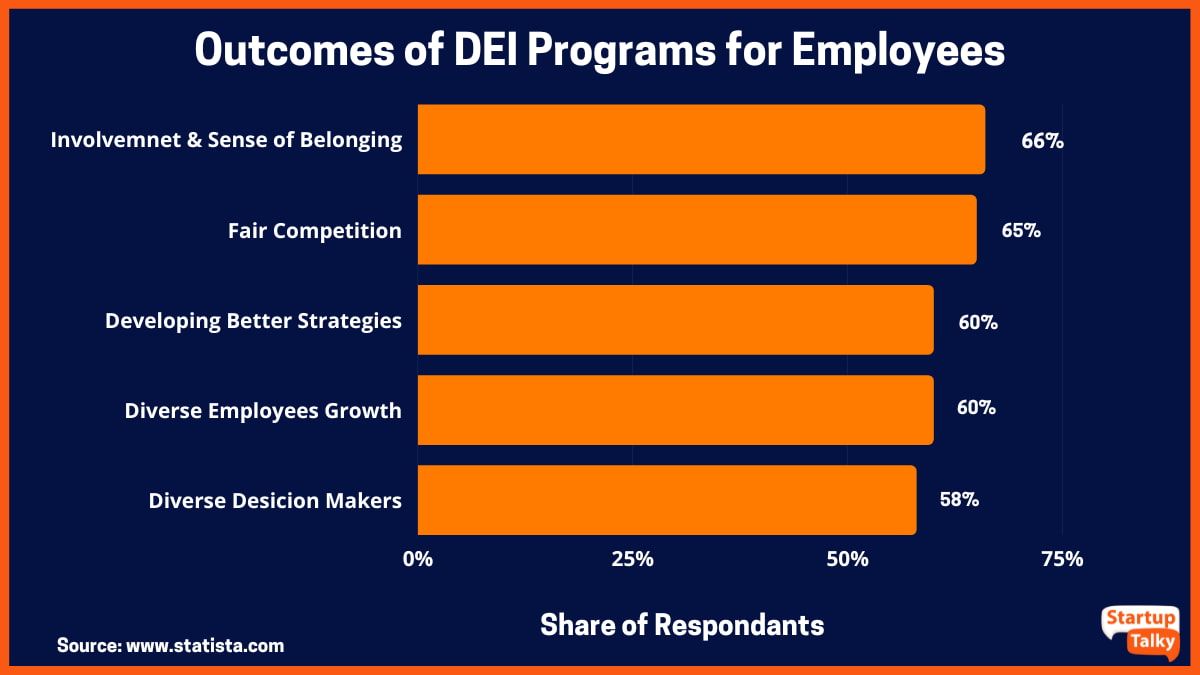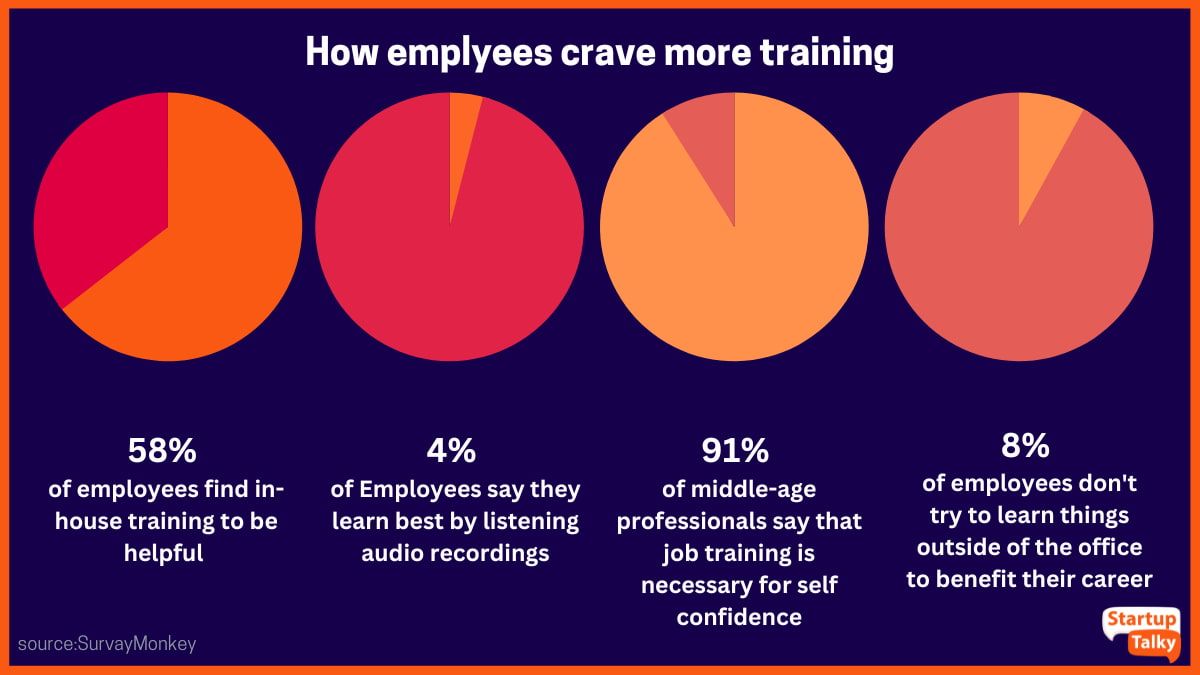We all love to buy from online portals and set ourselves free from the hassle of visiting brick-and-mortar stores for shopping. According to a report, the number of online shoppers will surpass 500 million by 2030 in India. Although buying online has its perks, however there are certain limitations too one needs to consider before purchasing from e-commerce websites. With the availability of inter-country payment gateways, it is now possible to buy products from any country without payment-related problems. Did you know most of the online products sold in India are imported from China?
One such e-commerce website which makes up for the bulk of products imported from China is AliExpress. Before you get too excited to drop-ship from this portal, you need to be aware of the rules and regulations before buying from AliExpress to ensure a smooth and satisfactory shopping experience, one of the largest e-commerce websites in China that offers a wide range of products at affordable prices. It is owned by Jack Ma. Jack Ma which is a famous business tycoon and his rags-to-riches backstory provides invaluable motivation.
This post will tell you everything about how to buy products from AliExpress while sitting in India. The impact of AliExpress in the Indian market shall also be covered. Indians have a mixed response towards AliExpress. Some find it highly useful, whereas others have had an unsatisfactory experience with the e-commerce portal. Whether you’re a seasoned shopper or a first-time buyer, this blog will provide valuable insights to help you make informed purchases on AliExpress. So, let’s get started.
Things To Keep In Mind Before Making A Purchase From AliExpress
- Slow Delivery
- Import License
- Buying from AliExpress is completely Legal
- AliExpress Rules
- Is AliExpress Available in India?
- Is It Safe to Buy From AliExpress Now?
Slow Delivery

AliExpress isn’t an India-based shopping website which means certain import rules are applied every time you buy products from AliExpress. The normal time to ship products from AliExpress is 30 days and it may increase based on government regulations. AliExpress provides you with a tracking ID to trace the location of your product; other than that, you can’t do anything else but wait. If your delivery gets stuck somewhere, you are in for a really long wait. The shopping website uses Chinese delivery companies for product disposal and items tend to get misplaced enroute to you. If you have selected the free shipping option, you may receive your item after months.
However, AliExpress has identified these issues and is working on improving its delivery network. It is integrating fast and quality-driven delivery partners into the network to boost sales and enhance customer experience.

Import License
You need a trade license and a registered shop establishment if you plan to buy from AliExpress and sell in India. You also need an export-import license. And then there is the job of reaching out to a customs clearance agent. Licensing is one of the biggest obstacles when it comes to buying items from AliExpress and selling them in India.
Buying from AliExpress is completely Legal
It is totally legal to buy from AliExpress and trade products in India. Your purchases should not cross INR 10,000 per year and the products should be for personal use. If you want to purchase products in bulk, you need to get yourself registered, obtain an import-export license, and pay taxes and duties.
If you have any queries such as the loss of your products in the course of delivery, your only option is to contact the AliExpress agent through chat support. You cannot contact AliExpress sellers by a call; chat is the only medium and there is a high chance the seller won’t reply. Hence, you need to be mindful of the possible delays, lost deliveries, and other factors before ordering from AliExpress.
AliExpress Rules
There are some other rules and regulations you need to know before making a purchase from AliExpress. For example, you need to pay around 30% of the total amount in customs and duty charges.
Without import/export license
- The maximum amount of order without customs duty is INR 2000, i.e, you can import only up to this limit without customs duty and that too for personal use.
- If the order amount is above INR 2000, the package gets retained at the customs office.
You will then have to prove/convince the customs officer that the items are meant for personal use and pay the customs duty to get your package out of there.
With import/export license
With the license, you can import goods of higher value and pay the standard customs duty on the product as per Indian customs regulations.

Is AliExpress Available in India?
Currently, AliExpress is not available in India and is not delivering here as well. After the India and China situation, the Government banned many Chinese mobile apps in 2020, amongst AliExpress is one of them. Therefore, AliExpress is not available in India.
Is It Safe to Buy From AliExpress Now?
It is definitely safe to buy from AliExpress now as it is owned by one of the most popular and well-known multinational companies Alibaba. The reputation of Alibaba makes AliExpress a reputable company to shop from.

Conclusion
You can set up a successful business in India using AliExpress. But unfortunately, the shopping website got banned in India along with more Chinese apps for engaging in activities that are prejudicial to the sovereignty, integrity and security of the country. The government had banned 59 apps on June 29, 2020, and on September 2 it had banned 118 more apps including AliExpress. Previously apps like TikTok, Bigo Live, PUBG Mobile, which were all very popular in India, were banned.
FAQs
What is AliExpress?
AliExpress is an online shopping website based in China owned by the Alibaba Group. It is an online store to buy products at much cheaper rates than Amazon.
Is AliExpress from China?
Yes, AliExpress is a China-based online shopping retail store for buying products at much cheaper rates.
How to buy from AliExpress in India?
- If you want to purchase products for personal use, your purchases should not cross INR 10,000 per year.
- If you want to purchase products in bulk, you need to get yourself registered, obtain an import-export license, and pay taxes and duties.
Is AliExpress banned in India?
Yes, AliExpress is banned in India.
Why AliExpress is banned in india?
AliExpress is banned in India along with more Chinese apps for engaging in activities ‘prejudicial to the sovereignty, integrity and security of the country’
How to buy from AliExpress in India after ban?
This is the top trending question on Google with no clear-cut answer. However, Indian users of AliExpress were able to purchase products “unofficially” from AliExpress vendors. All you need is to change your route, consider using a VPN on your mobile devices or laptops, or partner with Oye Express. This is the perfect way to enjoy the ease of shopping online while keeping your data secure.
What’s the difference between Alibaba and AliExpress?
- Both the platforms are sister companies owned by Alibaba Group.
- Alibaba focuses on the B2B marketplace while AliExpress focuses on the B2C marketplace cross-border.
- Usually, manufacturers, wholesalers, trading companies and exporters sell their products via Alibaba whereas, in AliExpress, the typical seller is retailers.
- Prices can be negotiated in Alibaba whereas AliExpress offers fixed-rate products.
- On Alibaba.com sellers have to pay 0% on most transactions when it comes to the commission while AliExpress sellers pay up to 8%.





















